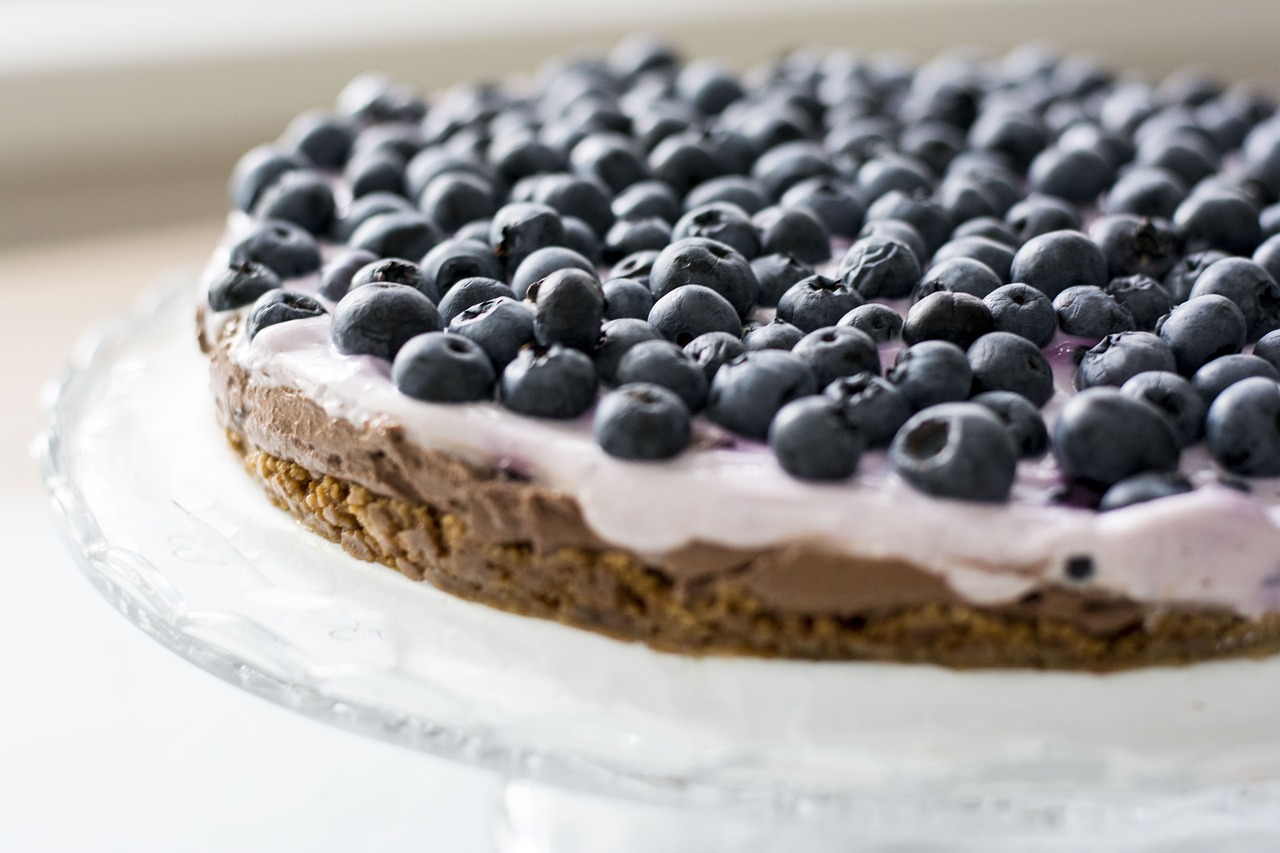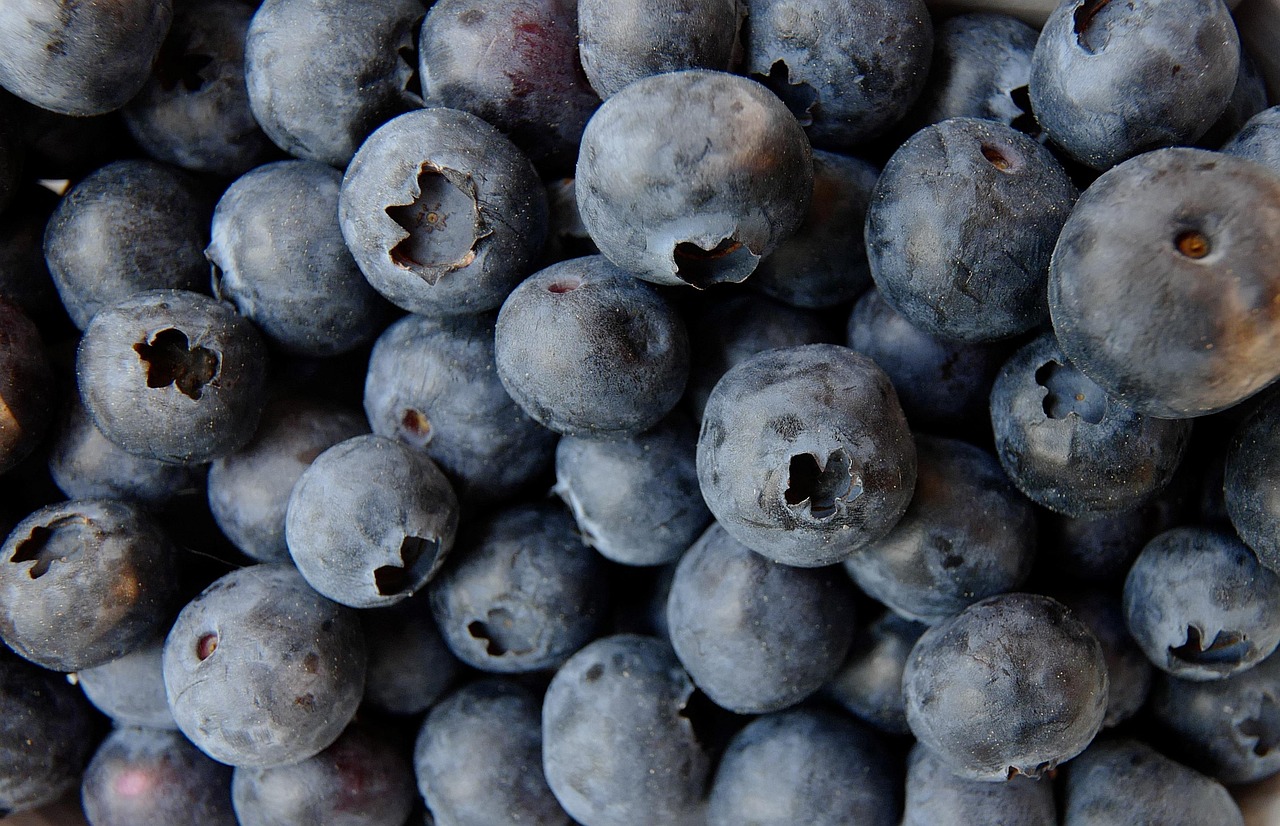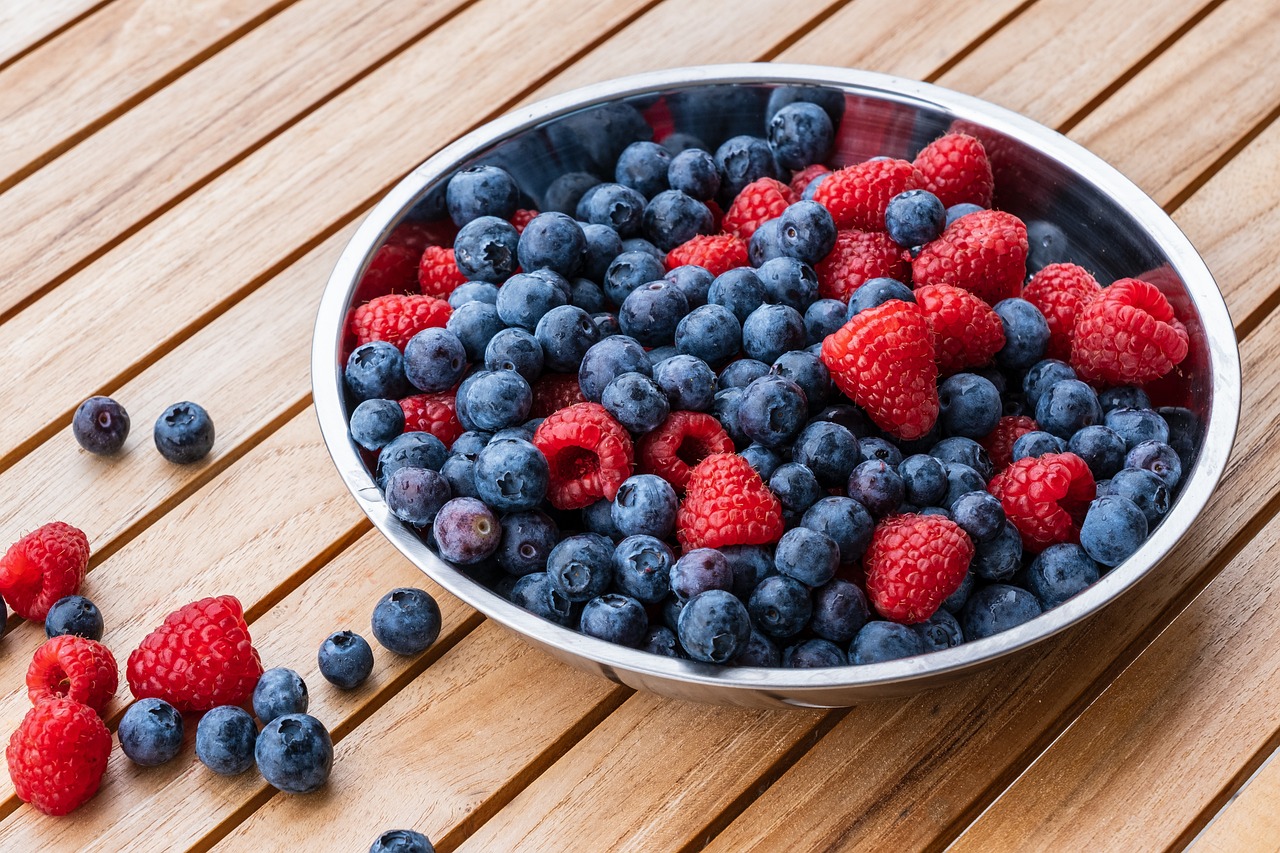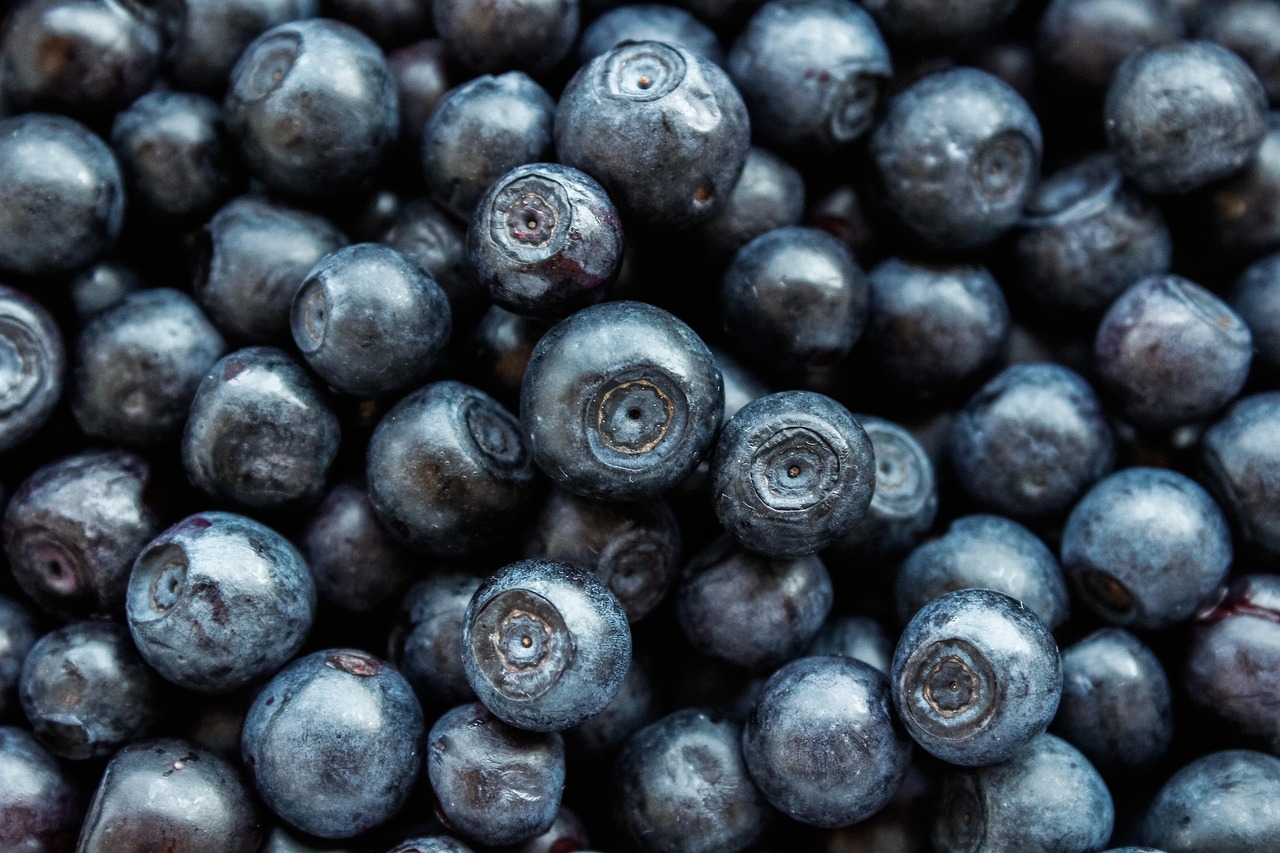The Japanese Blueberry Tree (Elaeocarpus decipiens) typically grows at a moderate rate of about 12 to 24 inches per year. This makes it an excellent choice for evergreen borders, providing lush greenery and aesthetic appeal in various landscapes.
Understanding the Japanese Blueberry Tree
The Japanese Blueberry Tree is a popular choice for both residential and commercial landscaping. Its dense foliage and attractive dark green leaves make it an ideal candidate for creating evergreen borders. The tree can reach heights of up to 30 feet, with a similar spread, depending on the growing conditions and care it receives.

This tree species is native to Japan and parts of the Pacific Islands. It thrives in USDA hardiness zones 9 to 11. One of the remarkable features of the Japanese Blueberry Tree is its ability to adapt to various soil types. It prefers well-drained soils but can tolerate clay and sandy conditions as long as they are not waterlogged.
Growth Rate Overview
The growth rate of the Japanese Blueberry Tree is one of its attractive features. Understanding its growth rate helps gardeners and landscapers plan effectively for their spaces. Here are some key factors that influence the growth rate:
- Soil Quality: Nutrient-rich, well-draining soil promotes faster growth.
- Watering: Regular watering supports healthy growth but avoid overwatering.
- Sunlight: This tree thrives in full sun to partial shade, affecting its growth rate.
- Fertilization: Using balanced fertilizers can enhance growth during the growing season.
Growth Rate Characteristics
The Japanese Blueberry Tree exhibits different growth phases that influence how quickly it reaches maturity. During the early years, the tree focuses on establishing a strong root system. This phase lasts for about the first two to three years. After this establishment period, growth rates typically increase significantly.

Here is a breakdown of the expected growth rates over time:
| Age of Tree | Average Height Increase per Year |
|---|---|
| 1-3 years | 6-12 inches |
| 4-6 years | 12-24 inches |
| 7+ years | Up to 36 inches |
The table above indicates that during the first few years, the growth is slower as the tree establishes itself. As it matures, the growth rate can increase significantly, especially when optimal conditions are met. Gardeners should be patient during the initial stages but can anticipate a robust tree as it ages.
Factors Affecting Growth Rate
Several environmental and care-related factors can influence how quickly a Japanese Blueberry Tree grows. Understanding these factors allows for better management of the tree’s health and appearance.

- Climate: The tree thrives in warm climates with mild winters.
- Pests and Diseases: Regular monitoring for pests can prevent damage that affects growth.
- Pruning: Proper pruning encourages healthy growth and can improve air circulation.
- Mulching: Applying mulch helps retain moisture and suppress weeds, promoting better growth.
Caring for the Japanese Blueberry Tree involves understanding its needs in relation to these factors. Proper attention ensures a vibrant, thriving plant that enhances landscape aesthetics while providing benefits such as privacy and shade.
In summary, the Japanese Blueberry Tree offers a moderate growth rate, making it ideal for evergreen borders. With proper care and environmental considerations, this tree can flourish beautifully in many garden settings.
Planting and Establishing Japanese Blueberry Trees
Successfully planting a Japanese Blueberry Tree requires careful planning and execution. The initial steps can greatly influence the tree’s growth rate and overall health. Here are some essential guidelines to follow when planting these trees:
- Site Selection: Choose a location that receives full sun to partial shade. Ensure the area has enough space for the tree to grow to its full size.
- Soil Preparation: Test the soil pH. Ideally, it should range from 6.0 to 7.5. Amend the soil with organic matter if needed.
- Planting Depth: Dig a hole that is twice as wide as the root ball but no deeper than the root ball itself. This promotes healthy root development.
- Watering After Planting: Water the tree thoroughly after planting to eliminate air pockets and help settle the soil around the roots.
Watering Guidelines
Watering is crucial for the establishment of the Japanese Blueberry Tree. Proper watering techniques can significantly impact growth rates, especially during the first few years. Consider the following watering guidelines:

- Frequency: Water regularly, especially in dry periods. The tree needs deep watering at least once a week for optimal growth.
- Soil Moisture: Check soil moisture by digging a small hole near the root zone. If the soil feels dry several inches down, it’s time to water.
- Mulching Benefits: Applying a layer of mulch around the base of the tree helps retain moisture and regulate soil temperature.
Nutrient Requirements
Nutrients play an essential role in the growth rate of Japanese Blueberry Trees. Providing the right nutrients at the appropriate times can support healthy development. Here are some nutrient considerations:
- Fertilization Schedule: Fertilize in early spring before the growing season begins. Use a balanced fertilizer that contains nitrogen, phosphorus, and potassium.
- Organic Options: Consider using organic fertilizers such as compost or well-rotted manure to enhance soil fertility.
- Signs of Nutrient Deficiency: Yellowing leaves or slow growth may indicate a nutrient deficiency. Address any issues promptly with appropriate fertilizers.
Pest and Disease Management
While Japanese Blueberry Trees are generally resilient, they can be susceptible to certain pests and diseases that may hinder growth. Effective management strategies are essential for maintaining tree health. Some common pests include:
- Aphids: Small insects that feed on new growth, causing leaf curling.
- Spider Mites: Tiny pests that thrive in dry conditions, leading to stippled leaves.
- Scale Insects: These pests create a hard shell on leaves and stems, sucking sap and weakening the plant.
To manage these pests, consider the following approaches:
- Regular Monitoring: Check trees frequently for signs of pests or disease.
- Natural Predators: Encourage beneficial insects like ladybugs to control aphid populations.
- Pesticide Use: If needed, use insecticidal soap or horticultural oil as a targeted treatment.
Pruning Techniques for Healthy Growth
Pruning is an essential practice that enhances air circulation and light penetration within the canopy of the Japanese Blueberry Tree. Proper pruning techniques can lead to improved growth rates and overall tree structure. Here are some tips for effective pruning:
- Timing: Prune during late winter or early spring before new growth begins.
- Remove Dead or Diseased Wood: Cut away any unhealthy branches to encourage vigorous growth.
- Shaping the Tree: Trim back overly long branches to maintain a balanced shape and remove any crossing branches to prevent rubbing.
By following these guidelines for planting, watering, nutrient management, pest control, and pruning, gardeners can ensure that their Japanese Blueberry Trees grow rapidly and thrive in their landscape settings. This proactive approach not only enhances growth rates but also contributes to the longevity and beauty of the trees in evergreen borders.
Environmental Factors Impacting Growth Rate
The growth rate of the Japanese Blueberry Tree is influenced by various environmental factors. Understanding these factors can help gardeners create optimal conditions for tree growth. Here are the main environmental aspects to consider:
Temperature
Temperature plays a crucial role in the growth and health of the Japanese Blueberry Tree. This species prefers warm conditions and can suffer in extreme cold. Here are some temperature-related considerations:
- Optimal Range: The ideal temperature range for growth is between 60°F to 75°F (15°C to 24°C).
- Cold Resistance: While it can tolerate mild frost, prolonged exposure to freezing temperatures can damage the leaves and stunt growth.
- Heat Stress: In extremely hot conditions, provide additional water to prevent heat stress, which can affect growth rates.
Sunlight Exposure
Sunlight is essential for photosynthesis, which directly impacts the growth rate of the Japanese Blueberry Tree. Here are some points to consider regarding sunlight exposure:
- Full Sun Requirement: The tree thrives in full sun, receiving at least six hours of direct sunlight daily.
- Partial Shade Tolerance: It can tolerate partial shade but may exhibit slower growth and reduced fruit production.
- Light Quality: Ensure that surrounding plants do not block sunlight, as this can hinder development.
Soil Conditions for Optimal Growth
The type and quality of soil significantly influence the growth rate of the Japanese Blueberry Tree. Here are essential soil considerations:
Soil Type
This tree adapts to various soil types, but certain conditions promote better growth:
- Well-Drained Soil: The tree prefers sandy loam or loamy soils that drain well, preventing root rot.
- Clay Soil Considerations: If planted in clay soil, ensure proper drainage by mixing in organic matter.
- Sandy Soil Benefits: Sandy soils allow for good drainage but may require more frequent watering.
Soil pH
The pH level of the soil impacts nutrient availability. Here’s what you need to know about soil pH for Japanese Blueberry Trees:
- Ideal pH Range: A pH level between 6.0 and 7.5 is optimal for healthy growth.
- Testing Soil: Conduct a soil test before planting to determine pH levels and nutrient availability.
- Amending Soil: If necessary, amend the soil with lime to raise pH or sulfur to lower pH based on test results.
Seasonal Growth Patterns
The growth patterns of the Japanese Blueberry Tree can vary with the seasons. Understanding these patterns helps in managing care throughout the year:
Spring Growth
In spring, the tree begins its active growth phase. Here are some characteristics of spring growth:
- New Leaves: Fresh foliage emerges, and this is the best time to assess tree health.
- Fertilization: Apply balanced fertilizers to support vigorous growth during this time.
- Pest Monitoring: Keep an eye out for pests as new growth can attract them.
Summer Growth
Summer is typically when the tree reaches its peak growth rate. Considerations for summer include:
- Irrigation Needs: Ensure consistent watering as temperatures rise, particularly in drought conditions.
- Pest Management: Continue monitoring for pests and diseases that thrive in warm weather.
- Pruning Considerations: Prune lightly if needed to maintain shape but avoid heavy pruning during this active growth period.
Fall Preparation
As summer transitions into fall, the tree prepares for dormancy. Key points for fall care include:
- Watering Adjustment: Gradually reduce watering as temperatures cool down.
- Nutrient Needs: Apply a slow-release fertilizer to prepare the tree for winter.
- Avoid Late Pruning: Prune only if necessary, as late pruning can stimulate new growth that may not harden off before winter.
Winter Dormancy
During winter, the Japanese Blueberry Tree enters a dormant phase. Here’s how to manage care during this time:
- Dormant Watering: Water sparingly unless there are prolonged dry spells.
- Pest Inspection: Inspect for overwintering pests and manage them promptly.
- Protection from Cold: Mulch around the base to protect roots from freeze-thaw cycles.
Caring for Japanese Blueberry Trees through understanding their environmental needs and seasonal patterns ensures healthy growth and enhances their role as beautiful evergreen borders in landscapes.
Additional Benefits of Japanese Blueberry Trees
In addition to their aesthetic appeal as evergreen borders, Japanese Blueberry Trees offer several benefits that make them a valuable addition to any landscape. Understanding these advantages can help gardeners appreciate and utilize this tree more effectively.
Ecological Benefits
Japanese Blueberry Trees contribute positively to the environment in various ways:
- Wildlife Habitat: The dense foliage provides shelter and food for various birds and beneficial insects, fostering biodiversity.
- Air Quality Improvement: Trees improve air quality by absorbing carbon dioxide and releasing oxygen, contributing to a healthier atmosphere.
- Erosion Control: The extensive root system helps prevent soil erosion, especially on slopes or in areas prone to runoff.
Aesthetic Value
The visual appeal of Japanese Blueberry Trees is one of their standout features. Here are some aspects of their aesthetic value:
- Year-Round Foliage: Their lush green leaves provide consistent visual interest throughout the year, making them perfect for evergreen borders.
- Seasonal Colors: In fall, the leaves can turn shades of red and orange, adding seasonal color to the landscape.
- Versatile Landscaping: These trees can be used in various landscaping styles, from formal gardens to naturalistic settings.
Fruit Production
While primarily grown for their foliage, Japanese Blueberry Trees also produce small blue-black fruits. Here are some key points regarding fruit production:
- Edibility: The fruits are edible and can be enjoyed fresh or used in jams and desserts, although they are not commercially cultivated for this purpose.
- Wildlife Attraction: The fruit attracts birds and other wildlife, enhancing the ecological value of your garden.
- Low Maintenance: The tree requires minimal care when it comes to fruit production, making it an easy choice for gardeners.
Challenges and Considerations
Despite their many benefits, Japanese Blueberry Trees come with some challenges that gardeners should be aware of. Understanding these challenges can help in planning appropriate care strategies:
- Pest Management: While generally resilient, they may face challenges from pests like aphids or scales if not monitored regularly.
- Temperature Sensitivity: In colder climates outside their hardiness range, special care must be taken to protect them from frost damage.
- Space Requirements: Given their mature size, adequate spacing must be planned to prevent overcrowding in landscaping designs.
Final Thoughts
The Japanese Blueberry Tree is an exceptional choice for anyone looking to enhance their landscape with a beautiful, evergreen border. With a moderate growth rate and a variety of environmental benefits, this tree thrives in suitable conditions and offers year-round beauty. Its ability to adapt to different soil types, coupled with proper care practices like watering, fertilization, and pruning, ensures that it can flourish in diverse settings.
By understanding the specific needs and characteristics of the Japanese Blueberry Tree, gardeners can maximize its growth potential while enjoying the many advantages it brings to their outdoor spaces. Whether for ecological benefits, aesthetic appeal, or fruit production, this tree stands out as a valuable asset in any landscape design. With attention to detail and care, the Japanese Blueberry Tree can thrive beautifully, creating lush evergreen borders that elevate the charm of gardens and yards alike.
